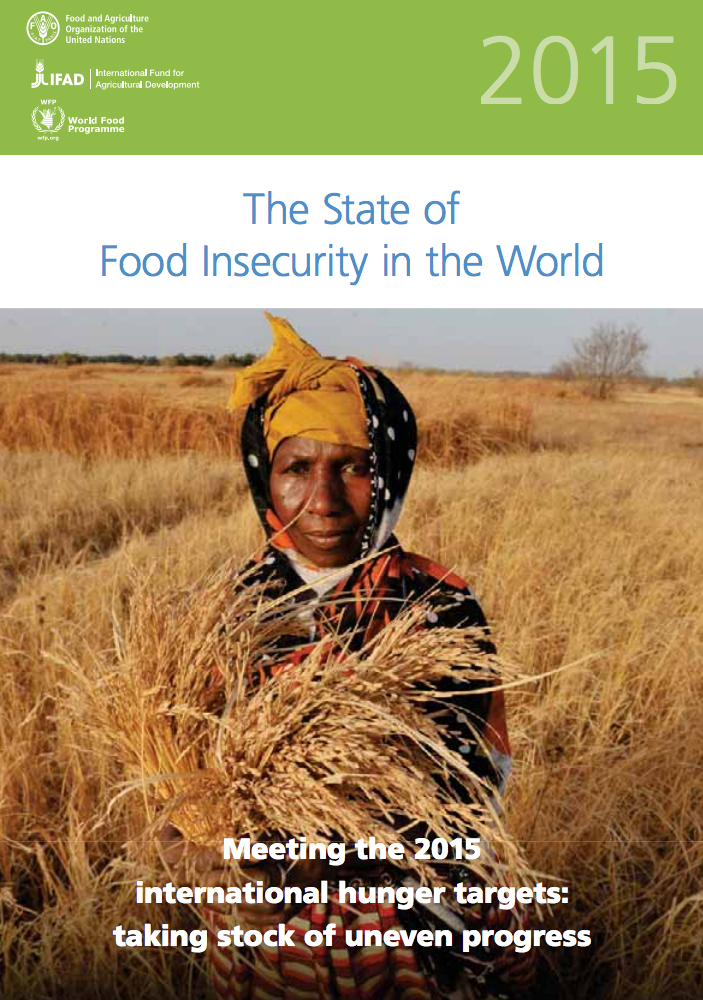Climate and Disaster Resilience of Greater Dhaka Area
Megacity Dhaka encounters various kinds
of natural disasters quite frequently owing to its
geographical location and a number of other physical and
environmental conditions including low topography, land
characteristics, multiplicity of rivers and the monsoon
climate. Climate and disaster resilience is not the same in
all parts of a city. Spatial variations in resilience
patterns result from differences in the strengths and





